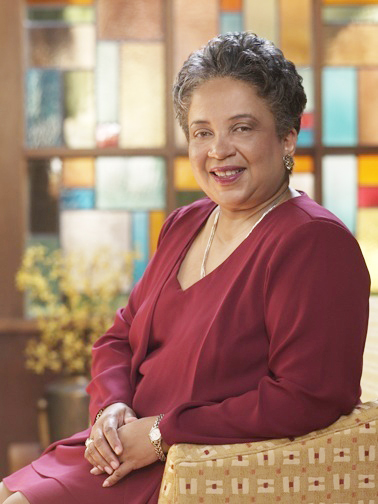Every woman should make saving for her financial future a top priority. Many women may feel like they do not know where to start when thinking about financial planning, but Vicki Brackens, senior financial planner with Brackens Financial Solutions Network says, “The keys to achieving financial independence are education – understanding your current financial position, knowing your investment options and starting now.”
Brackens offers the following checklist that identifies financial goals for women at different stages of their lives.
A young woman in her 20s should take the first step and open a checking or savings account. With a checking or savings account, she can begin learning how to budget and have more control over how she manages her income and expenses. As a short term goal, she should begin an emergency fund that consists of three to six months of income to cover unexpected financial challenges. As a long-term goal, she should take advantage of her company’s 401(k) plan, and contribute at least the minimum percentage required to qualify for the full employer match.
In this stage of a woman’s life, she should also be concentrating on paying down any student loan debt. Now is also the time to start paying off credit card debt, if any. She should limit herself to one credit card in case of emergencies. Lastly, a woman in her 20s should purchase life and disability income insurance and take advantage of her younger age by locking in a lower premium rate.
During a woman’s 30s, she should continue to contribute to her 401(k) and begin looking into more aggressive investments, as well. If buying a home, her goal should be a 20% down payment to avoid the cost of private mortgage insurance (PMI), and her mortgage payment should be no more than 28% of her monthly income. Again, life and disability income insurance should be a priority. In addition, she should make sure that she has enough car, homeowner’s, or renter’s and personal liability insurance. At this age, a woman should also work with a lawyer to establish a will and to address any estate planning needs.
A woman in her 40s should review her life insurance policies to make sure that she has the right type and amount of coverage based on her current needs. She should update her beneficiaries and heirs listed on her will, life insurance and financial accounts to make sure they are current. In addition to making sure that she has adequate disability income, she should begin exploring her options for long-term care insurance.
A woman who is blessed to reach her 50s should revisit her retirement savings goals. If she’s behind on saving, she can catch up by taking advantage of higher contribution limits in her 401(k) or IRA. This is a good time to make sure that all of her investment options still make sense. She should review her estate plan to make sure it’s up to date with current laws and any changes that may have occurred in her life. She would also want to confirm that executors and guardians are still properly chosen.
Once a woman reaches her 60s, she should consider her retirement income strategy. This includes determining whether she can live off a small percentage of her retirement assets, while she continues to invest the majority of her assets, or if she is ready to begin receiving an ongoing income stream. At retirement, she should evaluate and compare her options for her 401(k): either transfer her balance to an IRA to retain the tax benefits or keep the account in her employer’s plan. If she also earned a traditional pension, she should compare payout options and make sure her choice doesn’t exclude her from other retiree benefits. Lastly, a woman in her 60s should find out when she can receive her full Social Security benefit; she may want to hold off on collecting her benefit up to age 70 to increase her monthly payout.
To the women in their 70s, congratulations. If you prepared properly, it’s time to enjoy the fruits of your labor. If you have a traditional IRA, you must start taking money out after age 70 in order to avoid a large tax penalty. Start collecting Social Security if you chose to delay your benefits. And last, but certainly not least, take a serious look at how you want to be remembered. Leave a lasting legacy in the form of inheritances or gifts to charity.
























